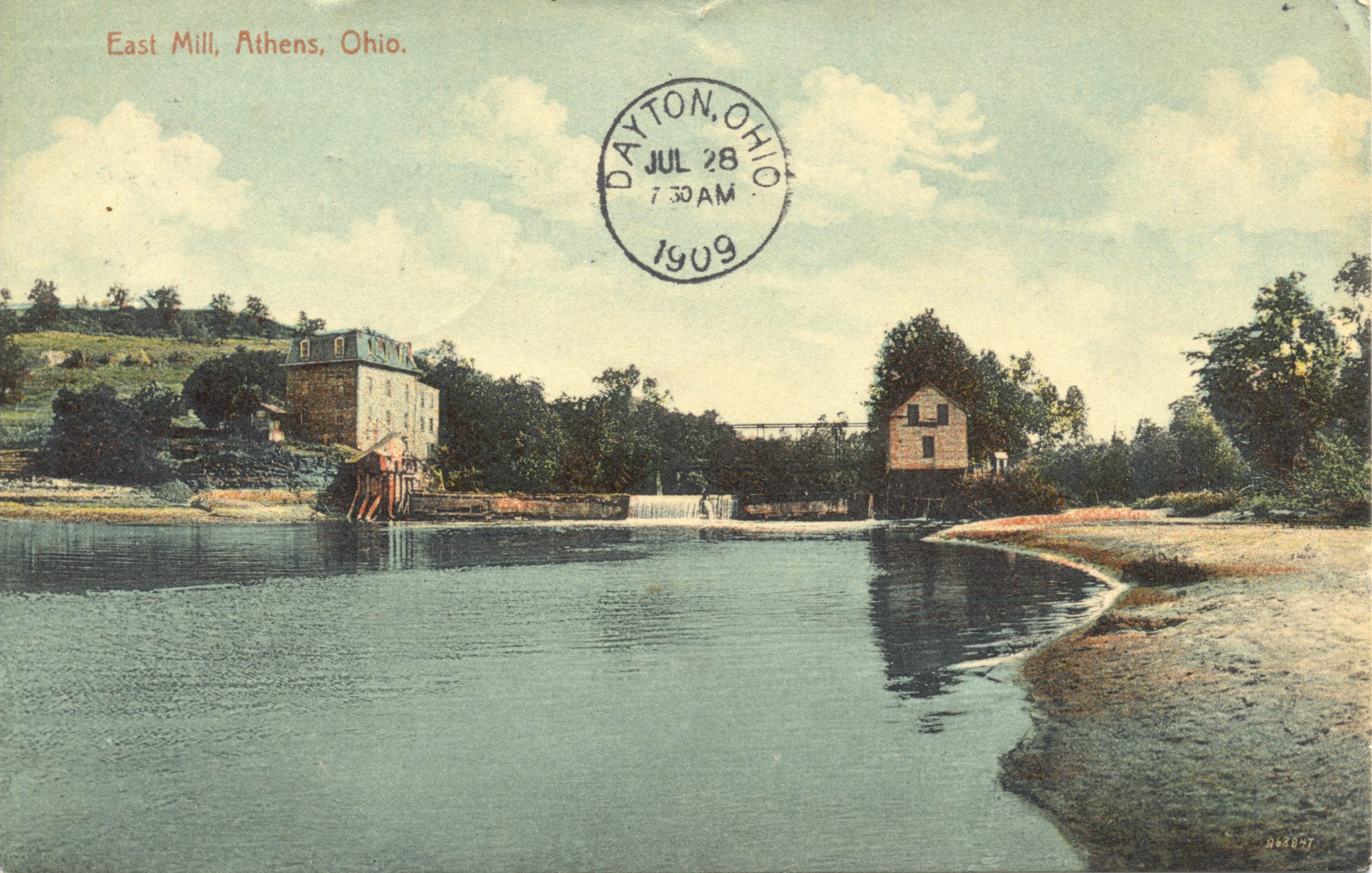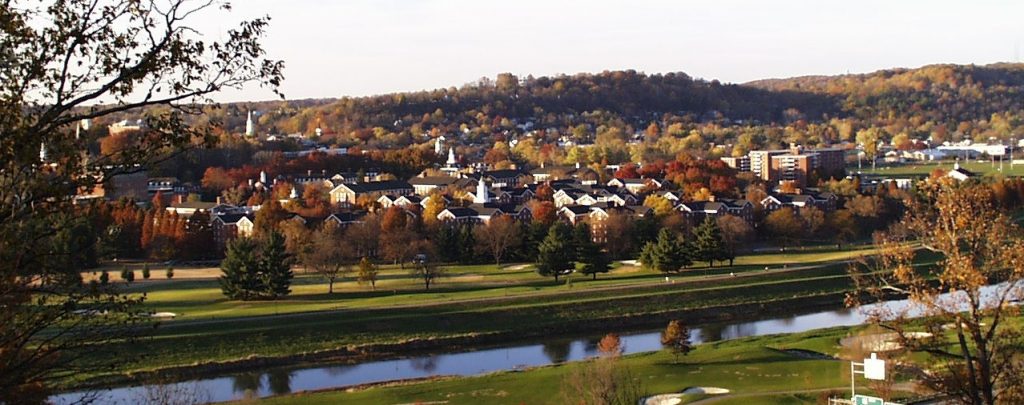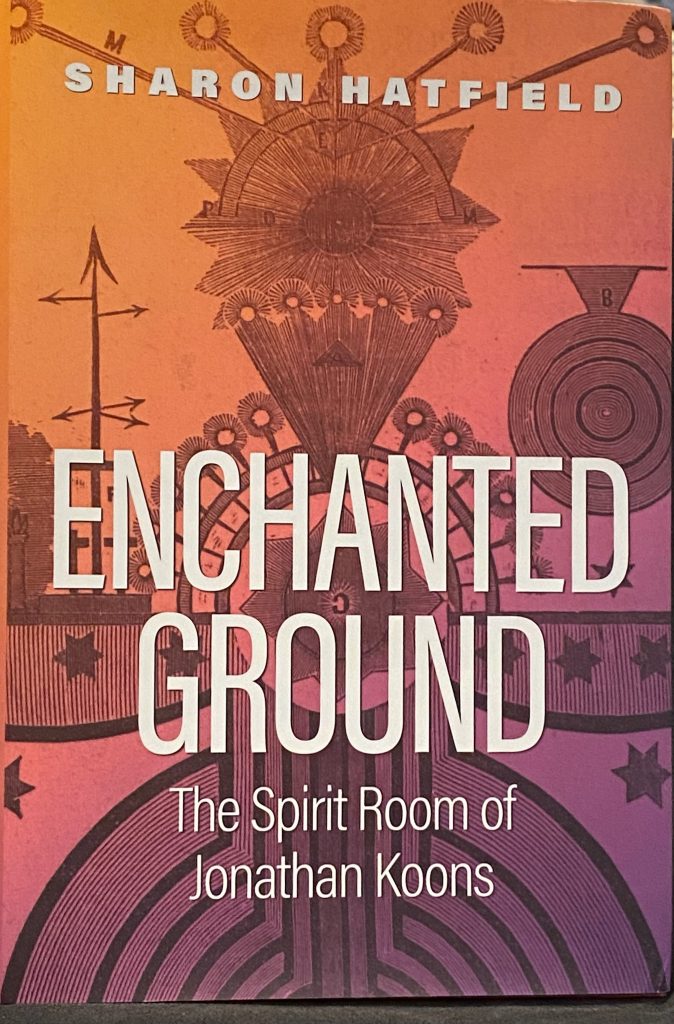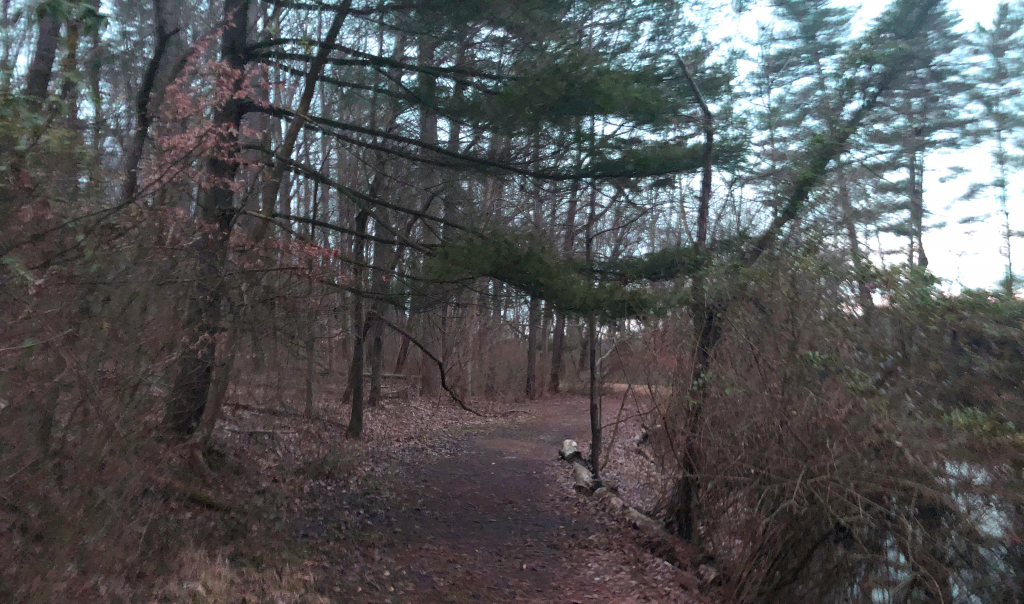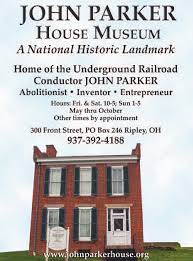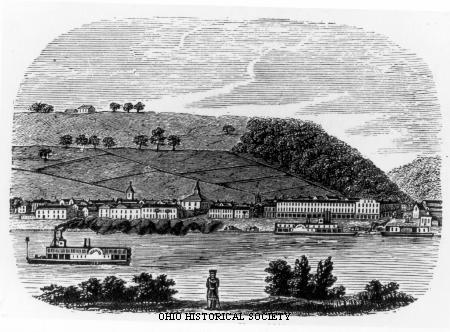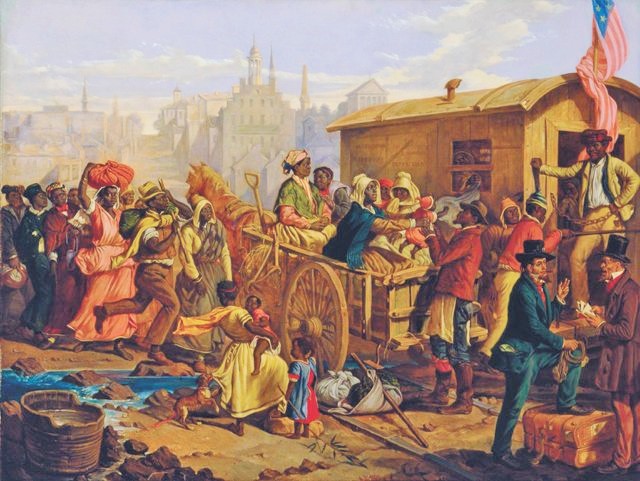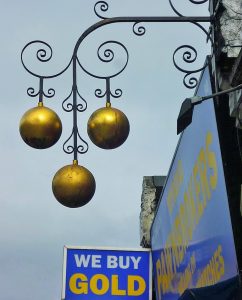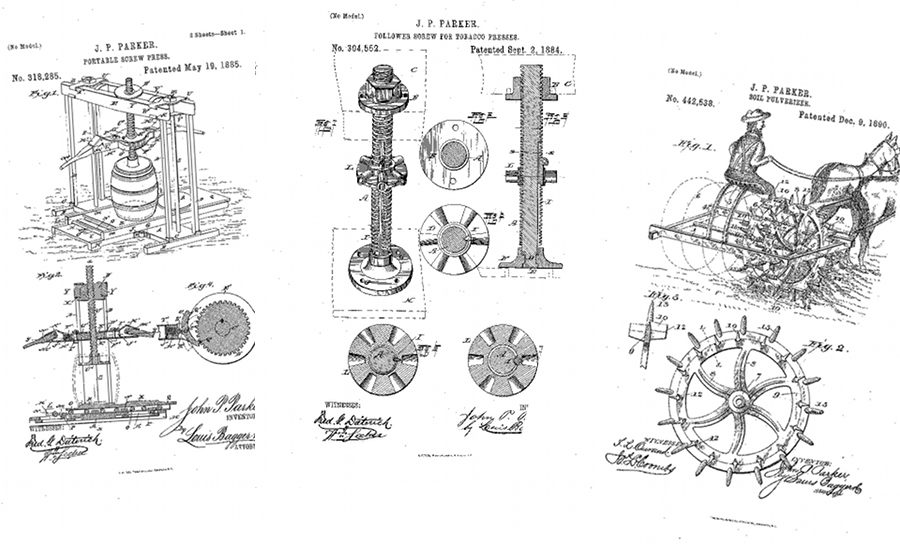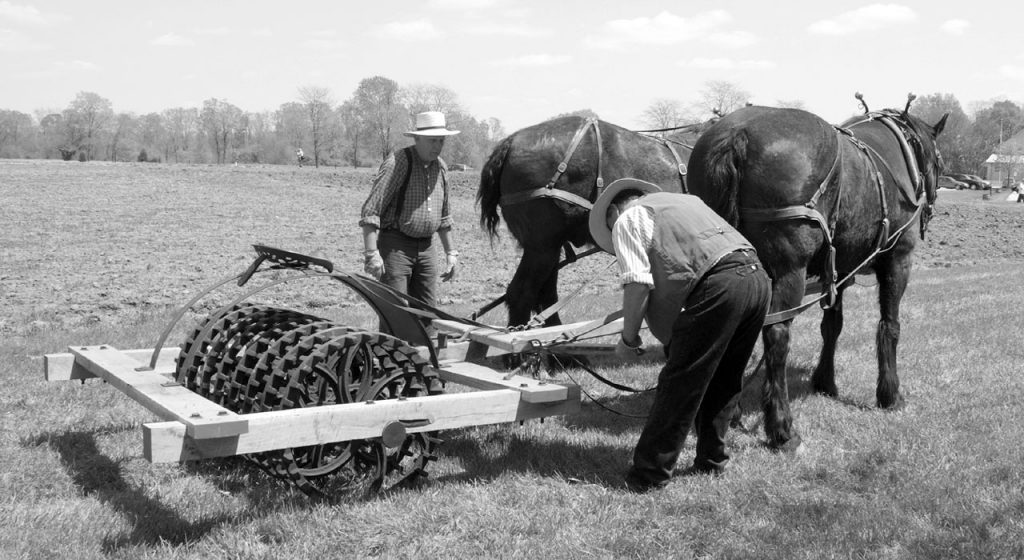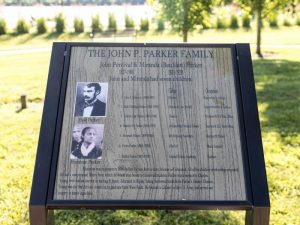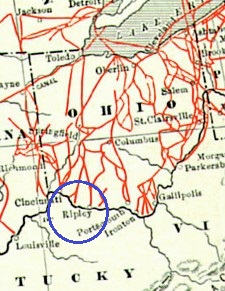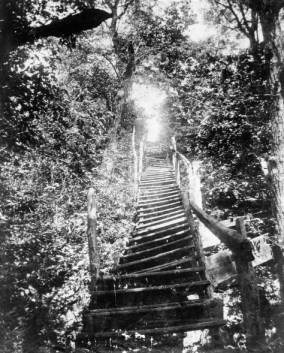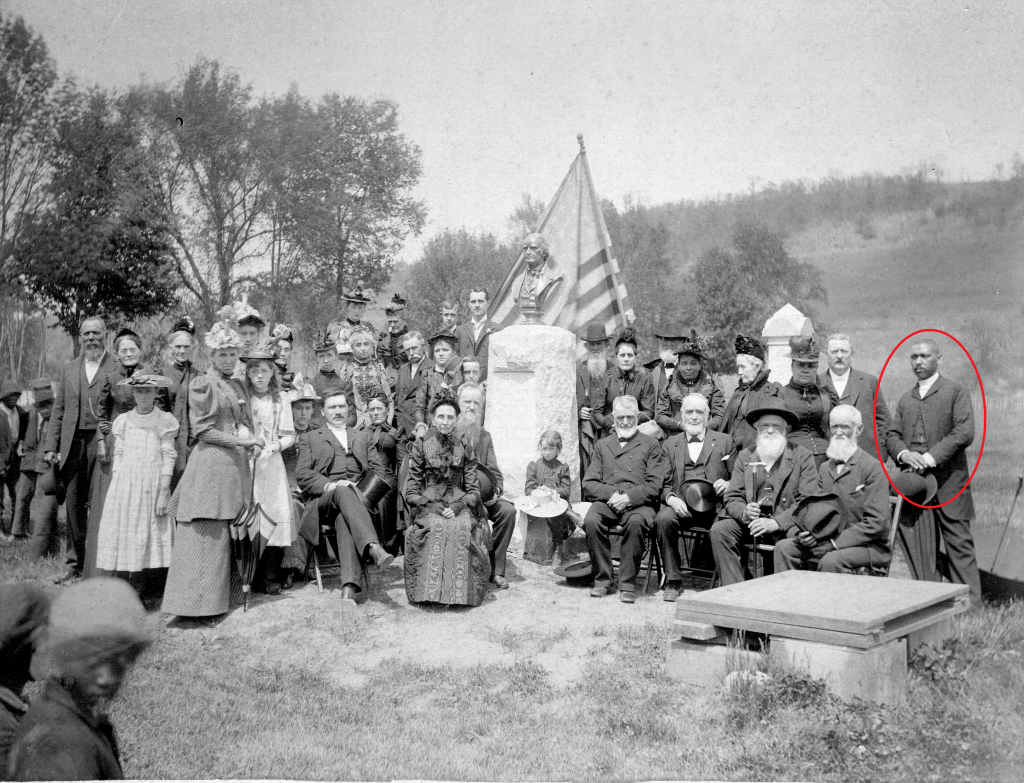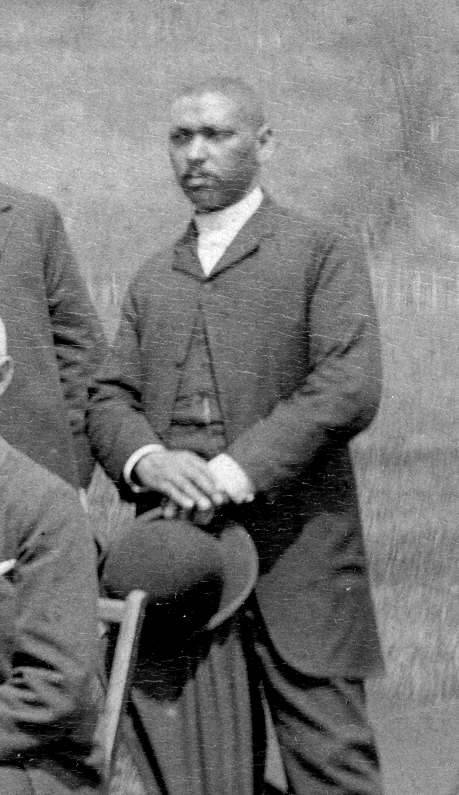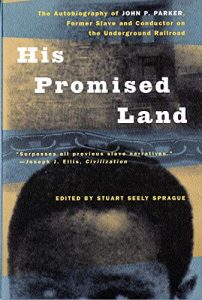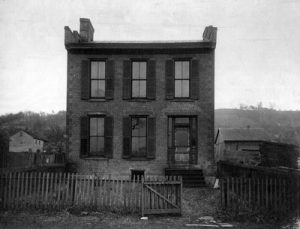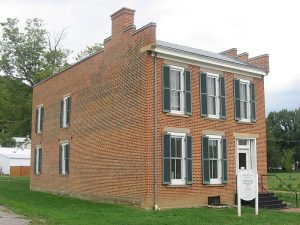Athens, Ohio, as Dean Winchester mentions in the “Route 666” episode of Supernatural (Season 1, Episode 13), is one of the most haunted areas in the U.S. I lived in Athens for seven years during my undergraduate and graduate years, and if ghosts roamed the area, I never noticed them. Or maybe they didn’t notice me?
Or maybe I’m generally oblivious to such things? I’ve been enlightened recently by reading “The Most Haunted Places in the Athens Area” by Alicia Szczesniak, published just a year ago, October 24, 2022. She discussed the following five locations. The quoted material is from this article.
The Ridges
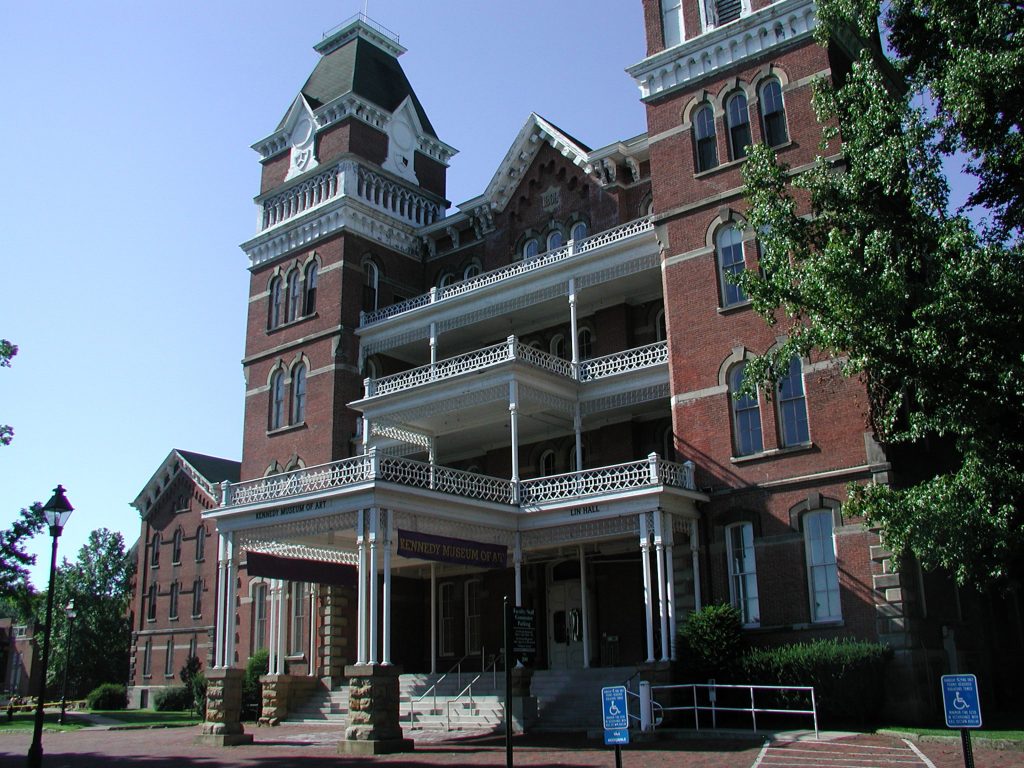
On a hillside near the Hocking River are the grounds currently known as The Ridges. At one time, this was site of the Athens Lunatic Asylum, later renamed The Athens Hospital for the Insane. The stately brick buildings served as a mental hospital from1874 to 1993. With over a hundred years of patients, and over 1,700 identified people buried in its cemeteries, it’s prime real estate for ghost stories.
“The most well-known ghost story of The Ridges centers around Margaret Schilling, a patient who was accidentally locked into a seldom used building during a game of hide and seek. After being missing for a month, a janitor found her remains on the floor. Due to the decomposition, a massive stain was left. As a result of this, stories surrounding both the stain and Margaret Schilling’s ghost circulate around the former asylum.”
In addition, stories abound of apparitions, disembodied voices, and objects moved by unseen hands.
Much of this and what follows is recent urban legend. As a doctoral student in psychology, I worked for a time at what was known colloquially as “the state hospital.” And although I could testify to the use of electroconvulsive therapy (ECT) and have no reason to doubt the performance of lobotomies, as far as I know, there were no ghosts or other spirits roaming the halls while the hospital was in operation. So much of this has arisen in the last thirty years.
Wilson Hall (Ohio University)
Wilson Hall is one of several buildings that make up West Green dormitory complex. In the 1970s, a male student died in room 428. I don’t know the circumstances, but a few years later, another the student committed suicide in that room. He was rumored to have chosen the room for its energy. Ohio University officials sealed the room.
“Students have reported demonic faces scratched into the wood, apparitions of the students who passed away, objects flying across the room and disembodied voices that ranged from whispering to shouting.
“The dorm room’s closing makes it the only dorm officially sealed off for paranormal activity in the nation.”
Here again, until relatively recently, West Green’s claim to fame on campus was that the women who lived there had exceptionally muscular legs from hiking uphill to the main campus!
West State Street Cemetery
There are graves there dating back to the 1800s. Many of these burial sites are for soldiers who fought in the Civil War—including Athens residents who joined the army—and those who died in a battle just north of the city.
A statue in the cemetery known as “The Angel of the Unknown Soldiers” memorializes these unidentified soldiers. “Many visitors have reported seeing the angel flutter its wings, blink or shed tears, adding an even creepier ambiance to an already creepy place.”
I lived on West State Street for a time, completely unaware of the cemetery—and never before heard of the statue or its manifestations.
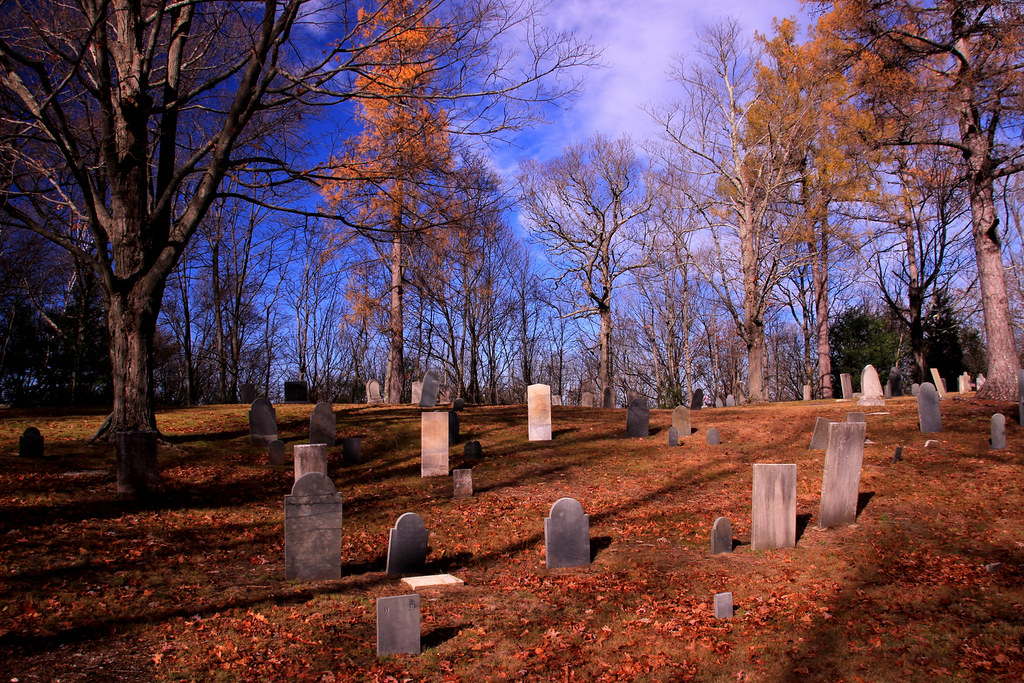
Moonville Tunnel
A coal mining town in that area was abandoned in the 1940s. A few structures remained: the supports of a bridge, a cemetery and the tunnel. The basic story is that a ghost haunts the tunnel after being killed by a train.
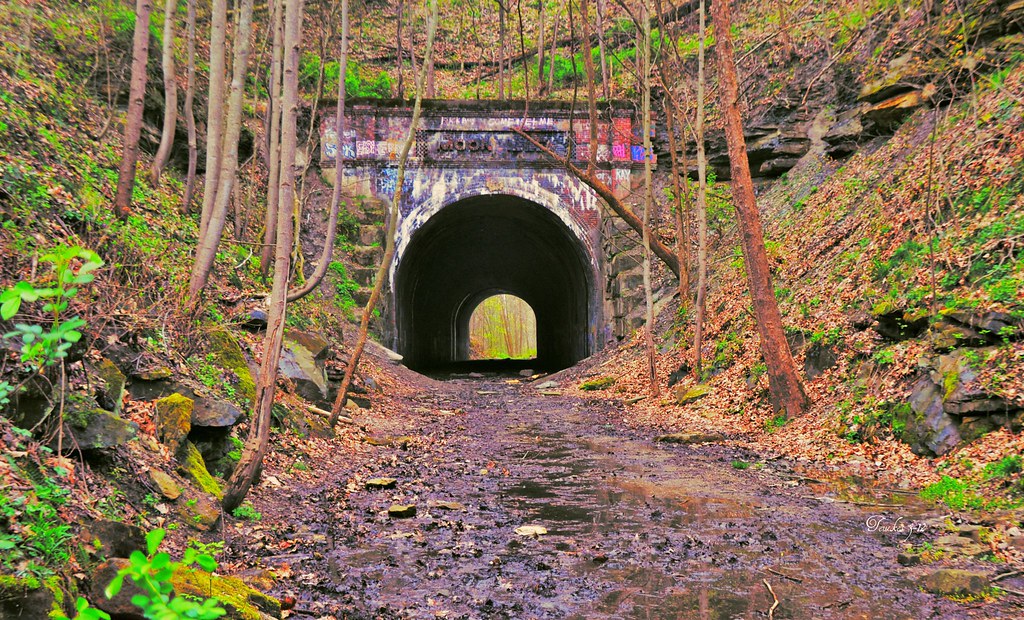
“There are variations in the story, with some saying the victim was a pregnant woman, others saying it was an 8-foot-tall man and more. However, the most common variation centers around a railroad worker who was struck by the incoming train, then doomed to haunt the tunnel.”
Prior to the alleged train death, multiple deaths occurred in the area, from accidents in the tunnel, accidents from the bridge or unknown causes. The ghosts of these dead people are said to haunt the area, “taking the forms of apparitions or ghostly orbs of light floating in the tunnel and the surrounding woods.”
Suffice it to say, I never heard of the Moonville Tunnel before reading this article.
Mount Nebo
Located northeast of The Plains is Mount Nebo, a hilltop that once served as the grounds of a cabin owned by Johnathan Koons in the 1850s. For a time, many people knew of the area because of its importance in the early American Spiritualism movement. I never heard of Mount Nebo when I lived in Athens, let alone know that it had been a hotbed of spiritualism. That changed when a friend gave me a copy of Enchanted Ground: The Spirit Room of Jonathan Koons, by Sharon Hatfield (2018).
Note: For the short version of the Koons legends, see the Alicia Szczesniak article. For the long version, see the Hatfield book.
Koons was a fairly prosperous farmer in the hills outside Athens. The story goes that upon arriving at Mount Nebo, the Koons family began to experience strange phenomena, such as paranormal activity and otherworldly sensations. He became interested in Spiritualism in 1852 and was told at a séance that he was “the most powerful medium on Earth” and that all of his eight children had psychic gifts. Acting on spirit instructions, he built a “spirit room” for the use of visiting spirits. Koons built a log house, 16 X 12 feet, and equipped it with all kinds of musical instruments.
The family quickly gained acclaim as spiritualists in the area, with people visiting to experience the Koons’ séances and commune with the dead in their “spirit room.” Soon the place became famous, and people traveled great distances—at least as far away as New Orleans— to see the curious phenomena.
The eldest boy, Nahum, age18, sat at the “spirit table,” the audience on benches beyond, twenty to thirty people at a time. The lights would go out, and visitors experienced a variety of otherworldly sensations. Spectral faces appeared. Objects flew through the air. Floating pistols shot targets across the room. Disembodied hands, lit by phosphorescence, touched participants. A trumpet floated around the ceiling and called out the names of guests, passing on messages from deceased loved ones.
J. Everett of Athens County, Ohio, who investigated the Koons’ phenomena, published the messages of the spirits under the title A Book for Skeptics: Being a Communication from Angels (1853). He also printed a number of documents describing occurrences in the spirit house, including a chart of the spheres Nahum Koons drew while in a trance. Charles Partridge wrote of his visit in the American Spiritual Telegraph of 1855.
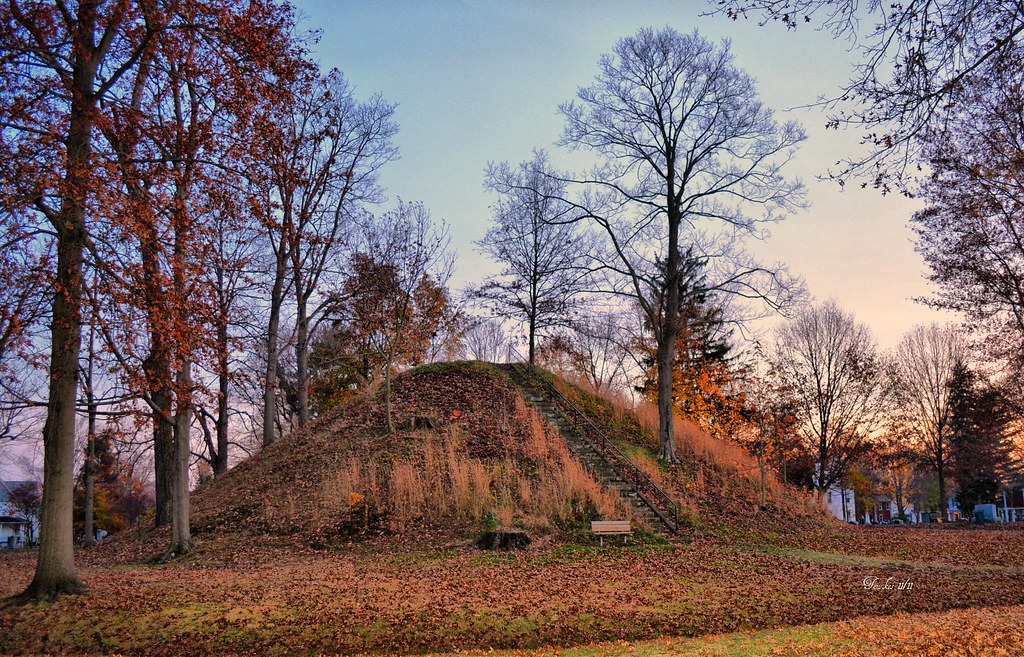
Neighbors of the Koons family were more disapproving. Mobs attacked the Koons house, set fire to their crops and barns, and beat their children. Finally, the Koons left the area and began missionary wanderings, which lasted for many years. They provided free medium services to the public, and they greatly advanced the cause of early American Spiritualism.
While the actual spirit room has long since weathered away, this story is still more truth than fiction. Archaelogists have found graves of deceased Koons children in the area. Historians have records and documents detailing the trek to the spirit room. Some descendants of Johnathan Koons still possess the artifacts the dead told him to find.
Much less famously, two or three miles from the Koons’ farm was another lonely farmhouse, belonging to John Tippie, where another “spirit room” was laid out on the same plan. The manifestations in the Tippie family were identical to those in the Koons’ log house. Each had a “spirit machine” that consisted of a complex arrangement of zinc and copper for the alleged purpose of collecting and focusing the magnetic aura used in the demonstrations. The Tippies had ten children, all mediums.
So there you have it! Hatfield’s written a well-documented non-fiction book as entertaining as a novel, and I highly recommend it.
Supernatural in America

Apparently, I lived in near proximity to all sorts of supernatural phenomena for years, completely unaware. Perhaps I was focused on classes and jobs to the point of oblivion. Or perhaps I’m just not psychically receptive.
Forty-one percent of Americans believe in ghosts, according to a YouGov study in 2021. (Twenty percent polled were unsure if they believe in ghosts.) Simultaneously, 43% of Americans polled believe demons exist.
Eighteen percent of adult Americans claim they’ve seen or been near a ghost, according to a 2009 Pew Research Center survey. Twenty-nine percent claim they have been touched by someone who died.
Older Gallup polls found that about three-fourths of Americans profess at least one paranormal belief. The most popular was extrasensory perception (ESP), mentioned by 41%, followed closely by belief in haunted houses (37%). A special analysis of the data shows that 73% of Americans believe in at least one of the 10 items listed, while 27% believe in none of them.
Bottom Line: Are you in the majority?
